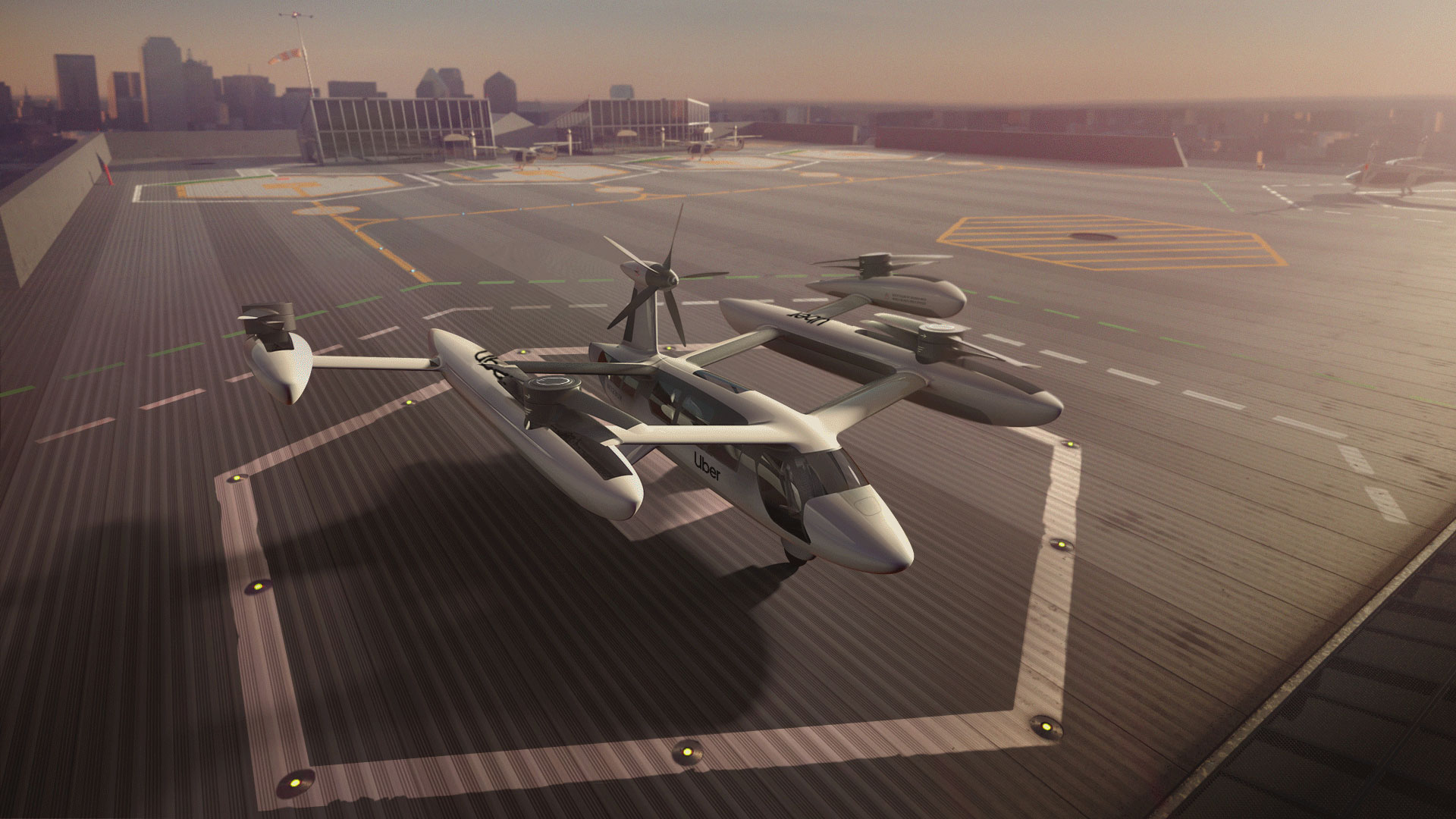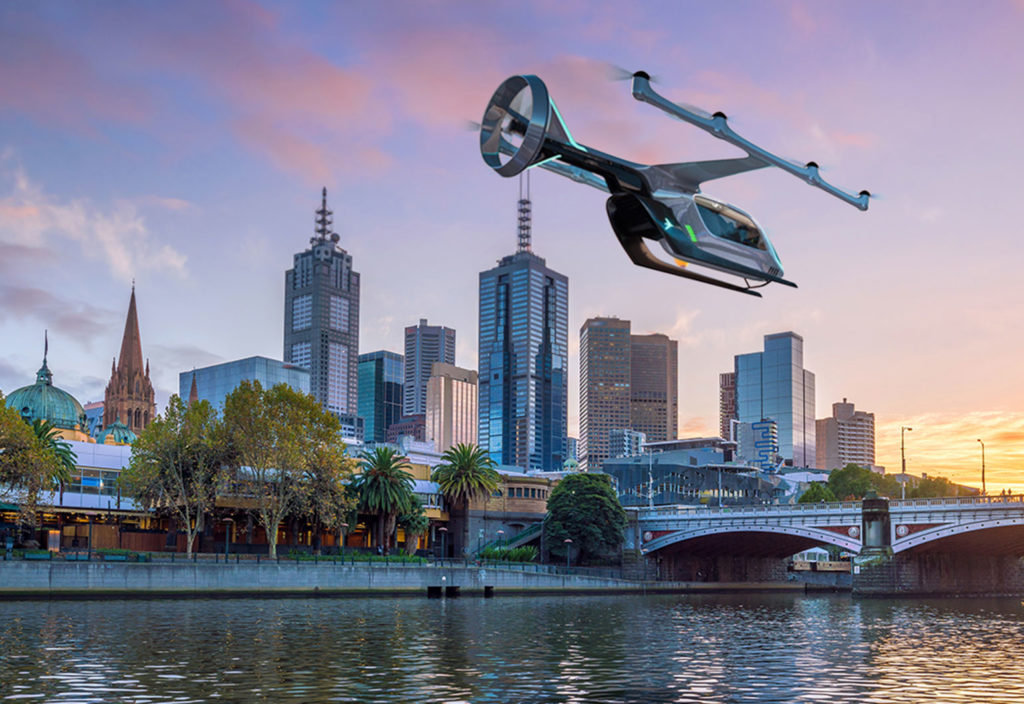Australia’s most liveable city is slated to add a flying taxi service to its transport options.
Melbourne joins US cities Los Angeles and Dallas as locations for an Uber pilot project aimed at launching the company’s flying taxi service: Uber Air.
The company cited Australia’s friendly skies and open minds when it comes to non-traditional transport technologies as reasons behind the choice.
“Australian governments have adopted a forward-looking approach to ridesharing and future transport technology,” said Susan Anderson, general manager for Uber in Australia and New Zealand.
“This, coupled with Melbourne’s unique demographic and geospatial factors, and culture of innovation and technology, makes Melbourne the perfect third launch city for Uber Air.”
Anderson also hinted at plans to expand Uber Air trials to other Australian cities soon after.
The 30-minute city
Uber’s plans to kickstart the “future of aerial ridesharing” include developing vertical takeoff and landing vehicles. These vehicles would travel between specially designed Skyports capable of handling up to 1000 landings per hour. The company is partnering with architecture, design and engineering firms to test Skyport and aircraft designs.
A traditional driver-owned vehicle model won’t apply here, so an engineering team, led by former NASA engineer Mark Moore, is working to create an electric aircraft fleet made for travel in urban airspace. Vehicles will be designed to meet a set of requirements, including noise limitations, battery storage, payload space and overall vehicle size.

The trial is a collaborative effort, leaning on the expertise of Australian companies including Macquarie, Telstra, Scentre Group and Melbourne Airport for infrastructure and telecommunications support.
According to Uber’s website, the long-term vision is for safe, quiet electric aircraft that transport “tens of thousands of people across cities for the same price as an UberX trip over the same distance”.
“The 19 km journey from the CBD to Melbourne airport can take anywhere from 25 minutes to around an hour in peak hour, but with Uber Air this will take around 10 minutes,” said Eric Allison, global head of Uber Elevate, the parent program of Uber Air.
Within reach?
Test flights in Melbourne are due to start from 2020 and the company plans to begin commercial operations in 2023, though it’s unclear if this transport mode will be met with cheers or scoffs once it launches to the public.
Dr Jake Whitehead, a University of Queensland Research Fellow in the School of Civil Engineering and a transport expert, said the 2020 timeline is achievable from a technology perspective.
“We are very close to the point that battery technologies can support these kinds of smaller vehicles,” Whitehead said.
He said the biggest hurdle will be regulation, and Australian governments should pursue policies that preserve liveability.
“The reality is there are some downsides to this technology if it’s a free-for-all and there are no rules in place,” Whitehead said.
But if safety regulations and logistics can be worked out, Matthew Marino, an aerospace engineer and co-leader of the Unmanned Aircraft Systems Research Team at RMIT, said it would be a “feasible and exciting development in air travel”.
“If Australia’s Civil Aviation Safety Authority [CASA] has signed off on the safe operation of this new aircraft, I would love to experience an aerial taxi,” he said in a piece for The Conversation.
CASA spokesperson Peter Gibson said the organisation will work with Uber to ensure the service was safe before civilians could start hailing air trips. On CASA’s checklist are safety certification for the battery system, specialised training for aircraft operators and managed airspace.
It’s still unknown whether Uber Air vehicles will be flown by a human on board or remotely, or whether they will go the autonomous route. Regardless of the final outcome, safety for passengers and the people and property these vehicles fly over will be the primary concern.
“I believe the end goal would be to be fully autonomous; however, this would require extensive proof these systems are completely safe,” Marino said.
“It takes time to develop confidence in new technology — especially one that has the responsibility of flying people around cities.
“We can be confident the technology will properly tested and proven safe before the common citizen will be able to phone order an Uber Air trip across town.”
